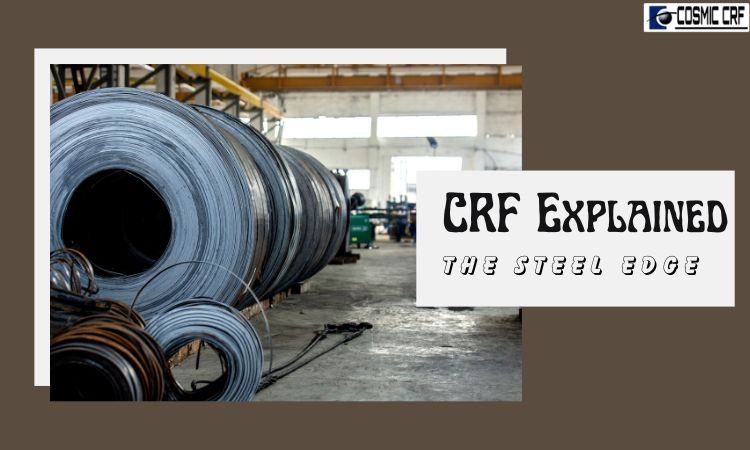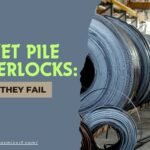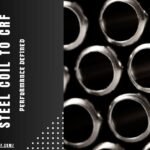Steel doesn’t arrive in perfect form. It’s made that way. And when consistency matters—when every part must match down to the millimeter—cold rolled forming is the method that holds the line.
For manufacturers, this is less about shaping metal and more about setting standards. Cold rolled forming (CRF) turns raw sheets into reliable, application-ready profiles. No heat. No guesswork. Just geometry, applied with precision.
If you’re in design, procurement, or operations, here’s what CRF really looks like behind the scenes and why more industries are moving toward it.
What Cold Rolled Forming Actually Does
CRF bends and reshapes steel at room temperature. That matters because it keeps the grain structure tight.
When steel isn’t heated during forming, it holds higher dimensional accuracy and gains strength, especially at bends.
This isn’t a minor tweak. Engineers prefer CRF profiles because their tolerances stay tighter.
A 2 mm lip actually measures 2 mm—not 1.98 or 2.03. The result? Profiles that weld faster, mount cleaner, and stack without realignment.
The Journey From Sheet to Section
The starting point is a steel coil—flat, rolled, unassuming. It’s uncoiled, leveled, and passed through a series of forming stations.
Each pass makes a controlled adjustment. Each bend locks in a part of the shape.
The line doesn’t slow down. Neither does the quality check. Sensors monitor edge straightness. Tools measure profile height at speed. Roll designs are built to hold the form with minimal springback.
Unlike hot rolling, there’s no heating zone. That saves energy. It also removes scale, which means fewer post-processing steps. And when the final section exits the mill, it’s ready for fabrication—no thermal correction needed.
Where The Real Impact Shows Up
Cold rolled profiles matter most where consistency gets rewarded. Think coach underframes, solar structures, telecom towers. One misaligned slot can delay an entire fixture. With CRF, that doesn’t happen.
Fabrication shops cut out rework. Assemblers skip adjustments. Even paint crews notice the difference—coating adheres better when corners are clean and sharp.
If your operation relies on modular construction or batch production, CRF turns into an efficiency multiplier. Each profile feeds the next without custom holding or measurement.
Industries Using CRF Right Now
Cold-formed steel sections show up in industries where structure, scale, and consistency shape the outcome.
Rail freight systems use them for base frames and bracing. Renewable energy projects rely on them for panel mounts and wind support structures. Portable and prefab buildings need sections that stay aligned during transport and installation.
Even automotive lines use cold-formed channels and brackets where precision matters. Warehousing and racking setups benefit from their strength-to-weight ratio and slot-ready profiles.
For example, at our Singur facility, we produce sections built exactly for these use cases. What ships out doesn’t get second-guessed. It arrives ready to be used, shaped for purpose, and aligned to spec.
Why CRF Matters for The Long Haul
Short-term, CRF brings measurable time and material savings. Long-term, it changes how systems get designed. Engineers start relying on form consistency.
They embed profiles directly into CAD workflows. They eliminate extra fabrication allowances.
This predictability shapes both cost and durability. Fewer adjustments mean less stress on the part. Better welding access reduces heat damage. Cleaner fits reduce vibration fatigue over time.
Final Thoughts
Precision only matters when it lasts beyond the first batch. That’s where cold rolled forming proves its worth—not just in shape, but in reliability across timelines, loads, and environments.
The CRF systems in use at our Singur unit follow this thinking closely. Every profile leaves with dimensional accuracy, alignment ease, and downstream predictability already built in. That consistency allows fabricators, fitters, and welders to keep things moving—without resets or second checks.
For teams focused on long-term structural integrity, that quiet reliability becomes the real advantage.




